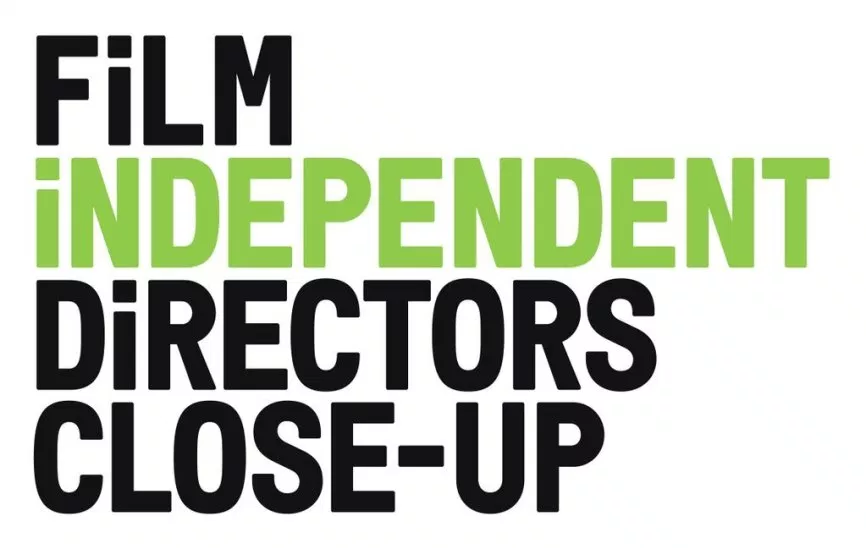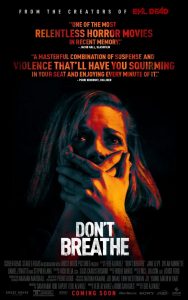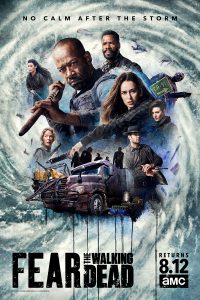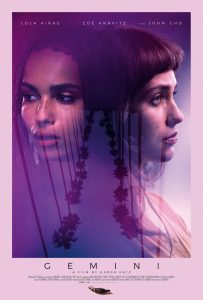Director’s Close: Up Thrill Seekers: Directing Dynamic Genre

With a new generation of critically acclaimed genre films making big bucks and becoming indispensable internet memes, ever wonder why certain movies just seem to keep you on the edge of your seat more than others? The final night of the 2019 DCU features a crack team of cutting-edge midnight movie mavericks, whose collected works have shocked and thrilled millions of audience members the world over.
Director’s Close Up: Thrill Seekers: Directing Dynamic Genres
By Gerry O., KIDS FIRST! Film Critic, Age 16

In the cloudy evening of February 27, 2019, Film Independent hosted the final panel of their month-long event, Director’s Close-Up. The event featured many directors in the horror genre such as Fade Alvarez (writer/director, The Girl in the Spider’s Web, Don’t Breathe), Drew Dowdle (writer/producer, Waco, Quarantine), John Eric Dowdle (writer/director, Waco, Quarantine), Aaron Katz (writer/director, Gemini, Land Ho!) and Daniel Stamm (director, Fear the Walking Dead, The Last Exorcism). The panel was moderated by Scott Mantz (film critic, Collider).
These filmmakers had no interest in monsters, giant bugs, ghosts, or ghouls. They all wished to invest their time into a much deeper side of terror. Alvarez’s Don’t Breathe made the audience afraid to move or make a sound. Drew and John Dowdle’s As Above causes viewers to feel claustrophobic, struggling to breathe and wishing for more room. While it may seem simple to terrify an audience, Stamm pointed out a fundamental crux of horror filmmaking: There is only a finite amount of methods to scare someone, causing a completely brand-new concept in horror to be a rare sight.

Horror has also been the place for many directors with smaller budgets to undertake. Drew and John attempt to make their film like a business for investors. They illustrate a detailed step-by-step plan that allows the film to have high chances of making a profit. Their strategy gives investors a clear end goal, motivating them to contribute to the film. They did add though, that a smaller budget can perhaps make a film even more terrifying, since the crew cannot afford to actually show what causes the fear. Merely hinting at the presence of something can greatly increase the intensity. Katz thought that dealing with a low-budget properly can make the film even more exciting and Stamm believed that a micro-budget and no budget gives you true creative freedom to do what you wish instead of running after investors. After receiving funding, all filmmakers go through a lengthy period of pre-production, but the exact details of what should occur in pre-production differed between panelists.
Alvarez personally only does storyboards if it works for the crew, such as a car crash that requires careful planning and coordination. The Dowdles similarly both opt to do them, depending on what the scene has and they also added that they only show storyboards to department heads. Showing it to all the crew can lead to confusion if the director decides to skip or modify a shot. Katz prefers a different method entirely – overheads of the scene. He likes to go to the location where filming is taking place and see how the different shots of the scene work with each other. After planning and filming a movie, a filmmaker must now complete the tedious process of editing the project.

While most consider the film to be fully put together in the editing room, Alvarez believes that editing can only do so much. Production and pre-production make the film. No amount of editing can drastically raise the quality of the film. Drew Dowdle believes three films are being made – one in pre-production, one in production and one in post-production. Drew and John Dowdle added that you cannot begin to think about sound design until the editing room. In horror, sound makes up at least 50% of the quality of a movie. Alvarez’s Don’t Breathe and the year-old A Quiet Place by John Krasinski demonstrate the power of sound. In both films, the audience becomes terrified of every noise that comes from the screen. But this amount of intensity and fear only exists with masterful sound design and editing.

The panel added some important lessons for all filmmakers. Drew and John Dowdle stated that, “as a filmmaker, you cannot work on a film focusing on making money back, but must focus on the craft of cinema itself.” Stamm added the important lesson that many indie and new filmmakers attempt to make a movie look as close to “Hollywood style” as possible. In truth, good films are those that stand out and look different from the norm. The panel showcased the intricate art involved in causing fear in movies and the many lessons to learn when trying to create a film.
Film Independent’s Director’s Close Up series, as a whole, truly showcases the deep complexities of being the director of a film and how much goes into making each film we enjoy on the screen.

